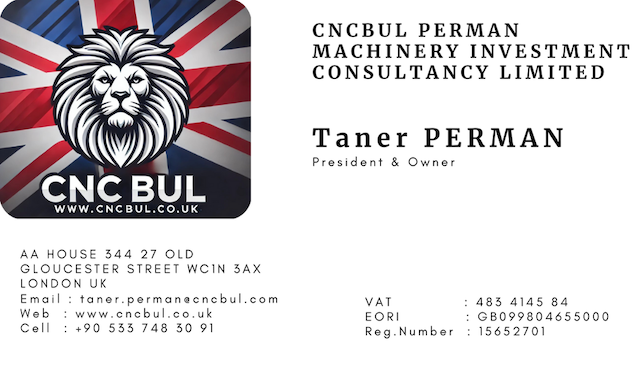What is Laser Ablation and Texturing Machine?
Laser Ablation:
Laser ablation refers to the process of removing material from a solid (or occasionally liquid) surface by irradiating it with a laser beam. The energy delivered by the laser is absorbed by the material, causing rapid heating, vaporization, or sublimation of the surface layers. This process is commonly used for precise material removal or microfabrication.
- Mechanism:
- Energy Absorption: The laser beam’s energy is absorbed by the material, leading to a rapid increase in temperature.
- Material Removal: Depending on the laser’s intensity and the material properties, the material can either melt and vaporize or directly sublimate (transition from solid to gas without passing through the liquid state).
- Plume Formation: The removed material forms a plasma plume, which can be a mixture of vaporized material and ionized particles. This plume can affect the quality of the ablation process if not controlled properly.
- Cooling and Resolidification: The remaining material cools rapidly, potentially altering the material’s surface properties.
- Applications:
- Precision machining of metals, ceramics, and polymers.
- Removal of thin coatings or contaminants from surfaces.
- Microdrilling, cutting, and shaping of intricate parts.
Laser Texturing:
Laser texturing is a specific application of laser ablation, where the laser is used to create precise textures or patterns on the surface of a material. This process can enhance surface properties such as friction, adhesion, or aesthetics.
- Mechanism:
- Controlled Ablation: The laser parameters (intensity, pulse duration, and repetition rate) are carefully controlled to remove material in a specific pattern or texture.
- Surface Modification: By adjusting these parameters, different textures can be created, ranging from simple grooves to complex micro- and nano-scale patterns.
- Surface Properties: The resulting texture can change the material’s surface properties, such as increasing its wettability, reducing friction, or improving bonding with other materials.
- Applications:
- Industrial: Texturing of molds, dies, or cutting tools to improve performance or longevity.
- Aerospace: Creating textures on turbine blades to reduce drag or improve heat dissipation.
- Medical Devices: Surface texturing of implants to enhance tissue integration or reduce bacterial adhesion.
- Automotive: Texturing surfaces to improve grip, reduce noise, or enhance aesthetic appeal.
Laser Ablation and Texturing Machines:
These machines are specialized CNC systems equipped with high-precision lasers capable of performing both ablation and texturing tasks. The machine’s key components include:
- Laser Source: Typically a high-power, pulsed laser (e.g., fiber laser, CO2 laser) with adjustable parameters to suit different materials and applications.
- Beam Delivery System: Optics and mirrors that guide and focus the laser beam onto the workpiece with high precision.
- CNC Control System: Provides precise movement and control of the laser head and workpiece, allowing for complex patterns and textures to be created.
- Cooling System: Maintains the laser and machine components at optimal temperatures to ensure consistent performance.
- Exhaust and Filtration: Manages the removal of fumes, particulates, and plasma generated during the ablation process to maintain a clean working environment.
These machines are highly versatile and are used across various industries where precision and surface engineering are critical.


